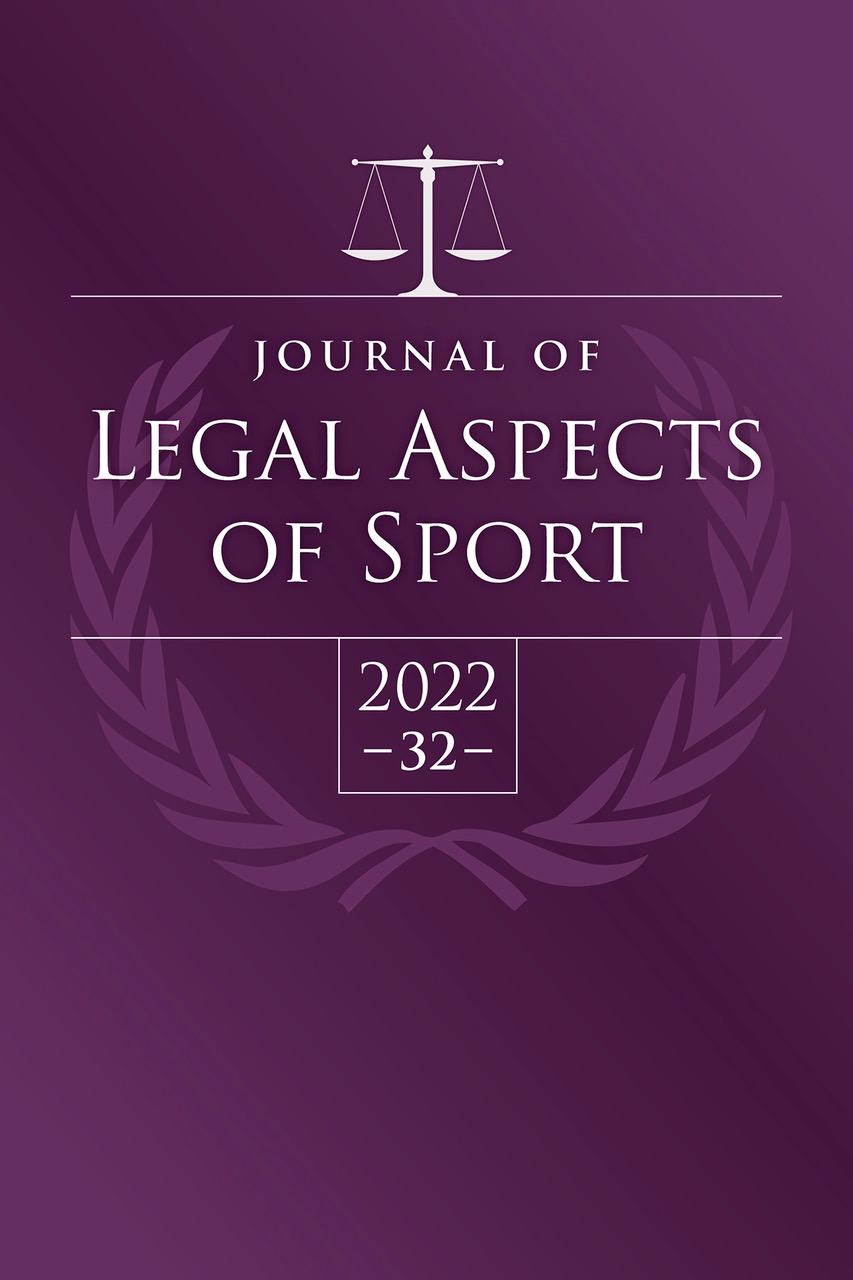A Three-Tiered Circuit Split: Why the Supreme Court Was Right to Hear Alston v. NCAA
DOI:
https://doi.org/10.18060/24493Keywords:
intercollegiate sports, antitrust law, sports law, Supreme CourtAbstract
This article provides a retrospective look at the Supreme Court’s decision to review the NCAA v. Alston antitrust litigation by defining and analyzing a three-tiered circuit split that existed in the courts’ application of antitrust law to NCAA amateurism regulations. Using mixed-methods citation network analysis review, this article shows wide disarray within the NCAA amateurism discrete citation network by analyzing the doctrinal differences in how three distinct jurisdictional silos applied antitrust law to four broad categories of NCAA rules. As such, this article argues that the Supreme Court was correct to grant certiorari to the Alstonpetitioners to resolve this circuit split and better define the precedential effect of the much-debated NCAA v. Board of Regents.
Downloads
Published
Versions
- 2022-02-25 (2)
- 2022-02-25 (1)

